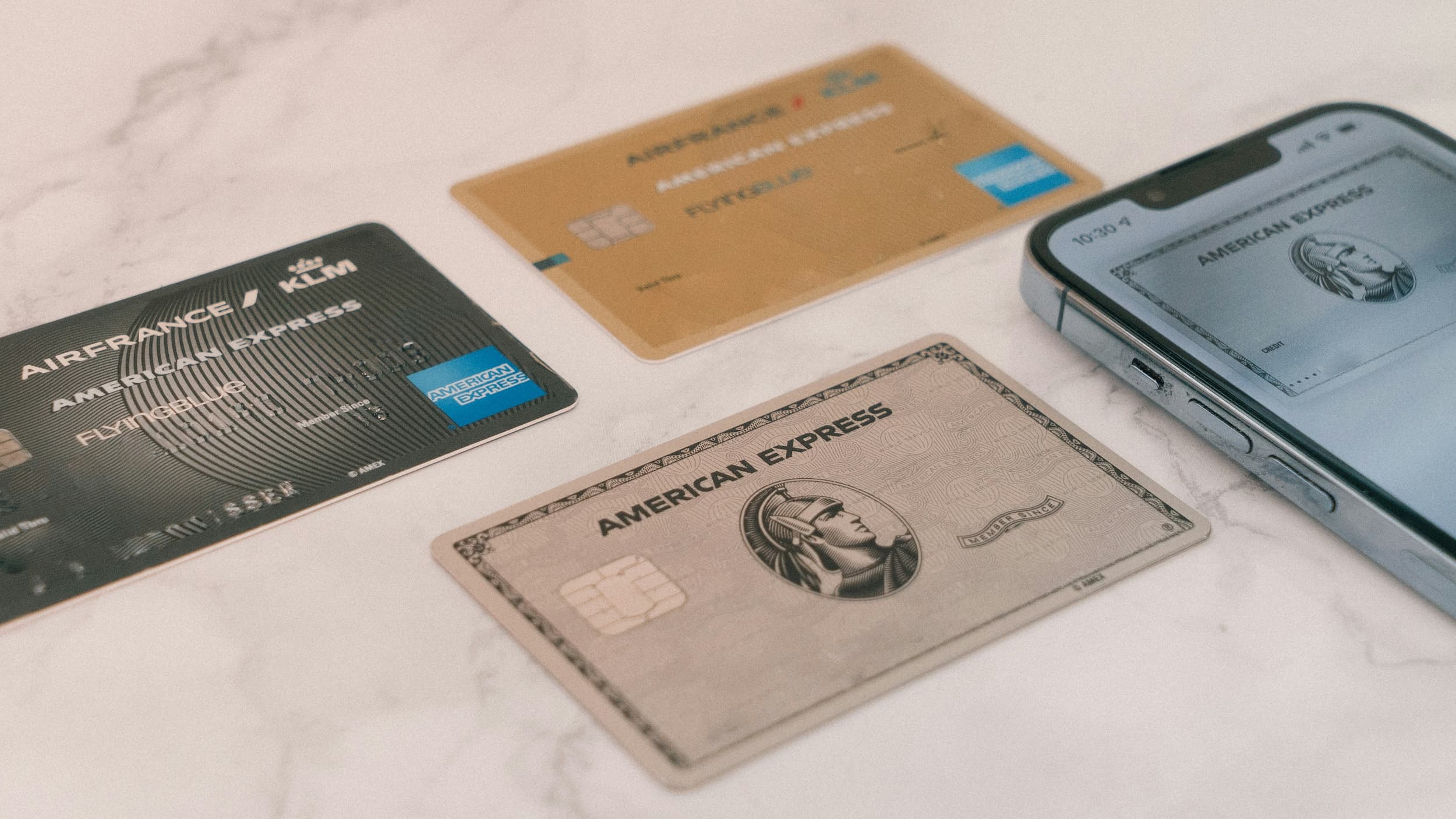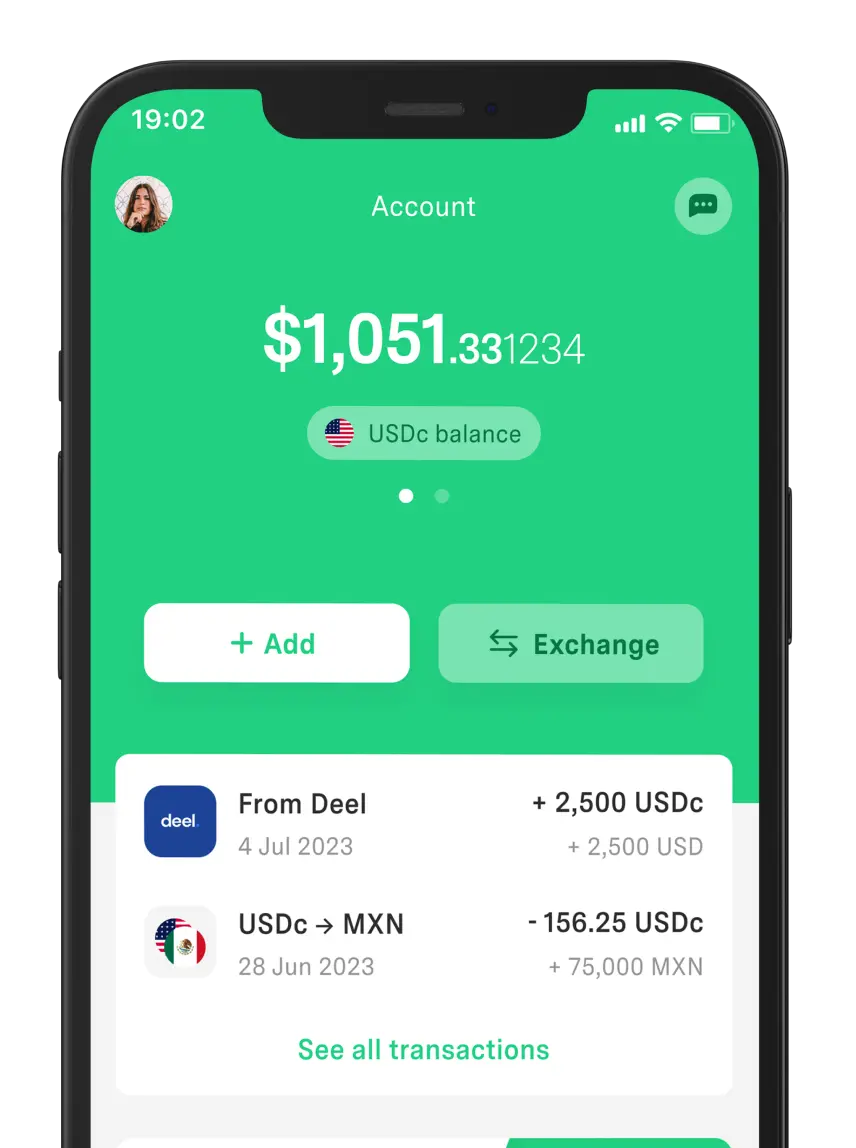 Your Money
Your Money What Was the Largest Credit Card Purchase Ever?
The largest credit card purchase in history was made by Chinese magnate Liu Yiqian in 2015. Find out what he bought and how much he spent.



Many freelancers based in Mexico receive payments from abroad, a crucial part of their daily work. In this context, remittances become a way to manage these international incomes.
Now, what are remittances? How can I receive remittances in Mexico?
We answer these questions in this post.
Additionally, we explain how they work, what types are available, and even offer some tips for effectively managing your international finances.
Remittances are money sent by a person residing in a country other than their own. An example is Mexicans living in the U.S. who often transfer money to their relatives still in Mexico.
This process facilitates the flow of income from various parts of the world, making remittances a perfect ally when it comes to receiving payments for working for a foreign company.
Moreover, for independent workers, they are a good tool to securely charge for provided services.
There are two main types of remittances based primarily on documentation:
1. Simple Remittances. These are direct transfers that do not require additional documents. They are popular among freelancers to receive payments from international clients, as well as by people living abroad who wish to send money to their relatives.
2. Documentary Remittances. These include commercial documents, such as VAT invoices accompanying the transfer. They are usually used in more complex commercial operations.
If you issue invoices and document verification is crucial for your clients, the second option is advisable. It ensures that the payment corresponds to the services rendered.
The reasons why people send remittances vary.
Some do it to support loved ones residing in their home country. As a migrant, sending remittances is a way to maintain a connection with their roots and ensure the well-being of their family despite the distance.
Remittances are also useful for entrepreneurs who have businesses abroad and employ staff in various parts. For example, if someone has virtual assistants, it is convenient to send money online.
In any case, remittances currently play an important role in economic development, especially in countries with a high number of emigrants. Some find opportunities abroad and can invest in properties or businesses.
Moreover, remittances also represent an income source for the freelancer community and contribute to local economies. The reason? They increase the purchasing power of the receiving families.
So, how can I receive remittances in Mexico?
Remittances operate through a process involving certain factors. Generally, it follows these steps:
1. Sending money. The remitter uses a financial entity, such as banks, agencies like Western Union, or platforms like PayPal.
2. Transfer medium. The received money is transferred electronically through online payment systems, international banking networks, or money sending agents. The choice depends on speed, applicable fees, and accessibility.
3. Conversion. If the transfer is between countries with different currencies, it is converted to the recipient’s currency. For example, from dollars to pesos, and exchange rates usually apply.
4. Reception. The recipient can pick up the money at the agency or receive it in their bank account, as applicable.
Nowadays, the depreciation of the dollar has meant that the amount received is less compared to previous years. Therefore, companies like Binance have become viable options for remittance sending.
Money operations are delicate and require attention. For this reason, it is advisable to consider several aspects before receiving remittances in Mexico, such as:
Verify the legality of the fund-sending entity.
Compare fees and commissions before making any transaction.
Evaluate the exchange rate offered if receiving money in foreign currency.
Avoid express services, as they tend to charge higher fees.
Explore various alternatives to maximize the amount received.
Make sure the sender chooses the most convenient option for sending money to Mexico.
Verify that all contact information is correct to avoid reception problems.
With that said, let's look at some key concepts you should know when sending remittances to Mexico:
Commission. It’s the amount the financial institution charges for transferring the money.
Exchange rate. It’s the amount of money in pesos that the beneficiary will receive for every dollar sent.
Sending time. It's the period the financial entity takes to deliver the money to the receiver. The faster, the higher the commission.
Sending limits. Some companies may set limits on the amount available for sending.
Knowing all the mentioned points allows you to better choose the method to send remittances to Mexico from abroad.
There are numerous alternatives to receive money from abroad in Mexico. However, some may be more beneficial than others. For instance, direct bank transfers and payment systems that manage money electronically are optimal.
From this perspective, platforms like DolarApp are ideal options, as they offer low commissions.
DolarApp allows you to receive international remittances safely in a local bank account, either in dollars or Mexican pesos. Plus, you can request a physical DolarCard to make local payments with the received funds.
The app features an intuitive interface. Hence, once you have your dollar account, you can send money to another country effortlessly.
Here are the steps:
1. Select the sending option. Click on "Send" and then on "Bank transfer."
2. Add recipient details. Enter details such as the recipient's first and last name, route, and bank account number.
3. Enter the amount and send. Add the amount and confirm. Right there, you can see the commission charged and how much money will reach the recipient. The term is 3 to 5 days.
That's it, DolarApp will take care of the rest.
Managing international remittances requires combining several aspects, such as:
Financial planning. Maintain a budget with the payments received. Try to allocate what is necessary to cover your basic expenses and save or invest the rest to generate more income.
Tracking. Keep a record of all remittances, including purpose, dates, and amounts.
Diversification. If it's within your reach, diversify your income sources further. Clearly, you should look for opportunities to undertake and create your business as a freelancer.
Education. Educate yourself and your loved ones on smart money management. This will enable you to make better decisions about how to make the most of remittances in Mexico.
Planning. Create a financial plan to meet long-term goals, such as buying a home or retirement.
With DolarApp, managing your remittances in Mexico is very easy. The app has features to monitor the funds received, plus you can schedule local payments and convert foreign currency to local currency.

The world has borders. Your finances don’t have to.
 Your Money
Your Money The largest credit card purchase in history was made by Chinese magnate Liu Yiqian in 2015. Find out what he bought and how much he spent.

 Your Money
Your Money In most cases, the reference number in a transfer is a unique code that varies depending on the bank or system used.

 Your Money
Your Money Do you know what types of coins and bills circulate in the U.S.? Click here and find out which U.S. coins exist and their value.


